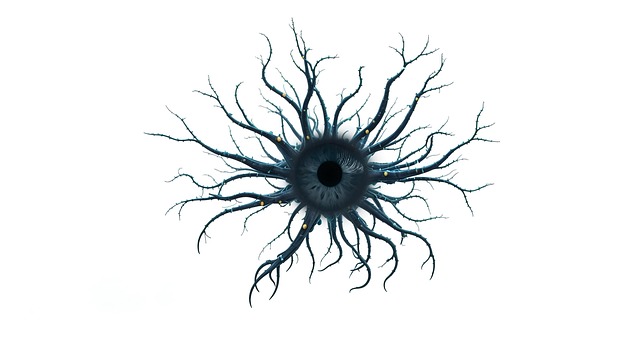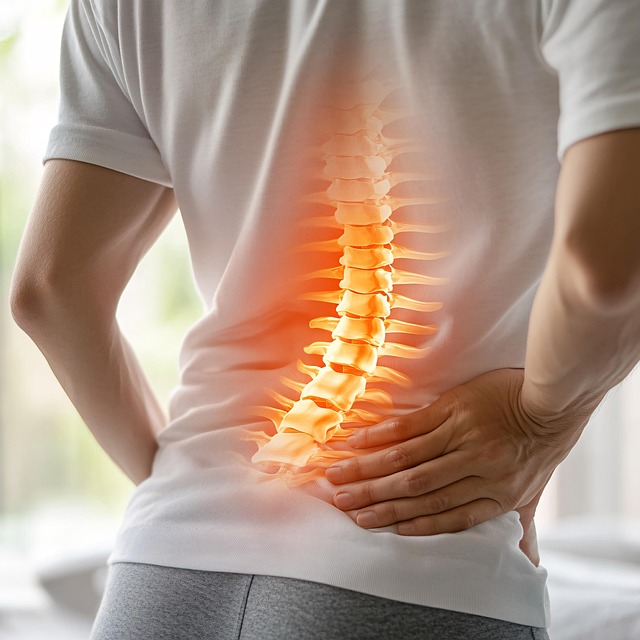Post-car accident care benefits greatly from long-term chiropractic rehabilitation, addressing musculoskeletal injuries and symptoms through adjustments, manual therapy, exercise, and education. This holistic approach aims to reduce pain, restore mobility, correct spinal misalignments, prevent future issues, and empower patients to regain control of their well-being after a vehicular collision.
In the aftermath of a car accident, proper care is paramount for managing and mitigating injuries. Long-term chiropractic rehabilitation offers a crucial path to healing and improved quality of life for victims of car wrecks. This article delves into understanding the comprehensive process and diverse techniques employed in spinal rehab after such incidents. We explore the benefits and expected outcomes of continuous chiropractic care, emphasizing its significance in the long-term management of injuries stemming from car accidents.
- Understanding Long-Term Chiropractic Rehabilitation for Car Wreck Injuries
- The Process and Techniques Used in Spinal Rehab After a Car Accident
- Benefits and Expected Outcomes of Continuous Chiropractic Care Post-Wreck
Understanding Long-Term Chiropractic Rehabilitation for Car Wreck Injuries

Many individuals who have been involved in car accidents often require ongoing care for their injuries, and this is where long-term chiropractic rehabilitation plays a crucial role. Chiropractors are specialists trained to assess and treat musculoskeletal disorders, including those resulting from vehicular collisions. After an accident, the body undergoes significant stress, leading to various symptoms such as pain, reduced mobility, and spinal misalignments.
Long-term chiropractic rehabilitation focuses on addressing these issues through gentle adjustments, specialized treatments, and patient education. This comprehensive approach aims to not only alleviate acute symptoms but also prevent long-lasting complications. By consistently attending appointments and adhering to the chiropractor’s guidance, patients can manage their pain, regain functional mobility, and learn strategies to maintain optimal spinal health, ensuring better overall well-being in the aftermath of a car wreck.
The Process and Techniques Used in Spinal Rehab After a Car Accident

After a car accident, spinal rehab plays a pivotal role in managing and healing ongoing injuries. The process typically involves a multidisciplinary approach, combining various techniques to address the complex needs of individuals post-crash. Chiropractors, physical therapists, and other healthcare professionals collaborate to design personalized treatment plans focusing on pain relief, improved mobility, and enhanced functional capabilities.
Long-term chiropractic rehabilitation after car wrecks often incorporates adjustments, manual therapy, exercise prescription, and patient education. Adjustments help realign the spine, reducing nerve compression and mitigating pain. Manual therapy techniques, such as soft tissue manipulation and stretching, complement adjustments by promoting blood flow and easing muscle tension. Exercise protocols are tailored to strengthen core muscles, improve posture, and enhance overall spinal stability. Patient education equips individuals with knowledge about their condition, enabling them to actively participate in their recovery journey and prevent future injuries.
Benefits and Expected Outcomes of Continuous Chiropractic Care Post-Wreck

After a car wreck, continuous chiropractic care can play a pivotal role in managing and mitigating ongoing injuries. Unlike short-term treatments that focus on acute pain relief, long-term chiropractic rehabilitation after car wrecks is designed to address the complex interplay of neurological, muscular, and skeletal systems affected by whiplash and other vehicular injuries. This holistic approach not only alleviates immediate symptoms but also aims to restore optimal function, enhance mobility, and prevent future complications.
The expected outcomes include reduced pain levels, improved posture and balance, and increased range of motion in the spine and extremities. Regular chiropractic adjustments can help correct misalignments caused by the trauma, fostering an environment conducive to healing. Additionally, chiropractic care often incorporates other therapeutic modalities like heat/ice therapy, gentle exercises, and stretching routines tailored to individual needs, ensuring a comprehensive and personalized recovery process for patients post-wreck.
Long-term chiropractic rehabilitation after car wrecks is a vital approach for ongoing injury care. By understanding the process, techniques, and benefits of continuous chiropractic care post-wreck, individuals can make informed decisions to manage their injuries effectively. This comprehensive care not only addresses physical symptoms but also fosters a faster recovery and improved quality of life. Embracing spinal rehab as a game-changer in post-accident recovery can lead to remarkable transformations and a return to daily activities with enhanced resilience.














